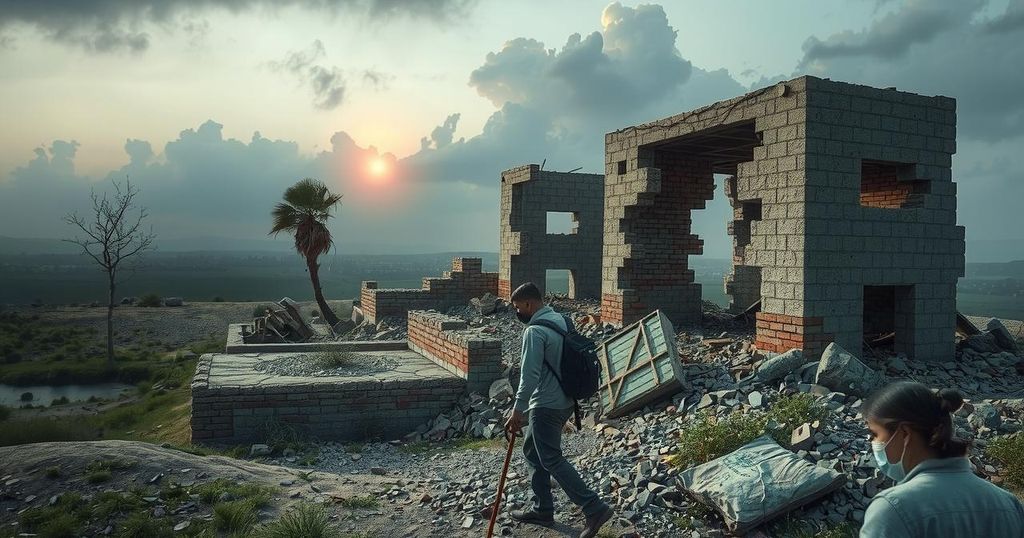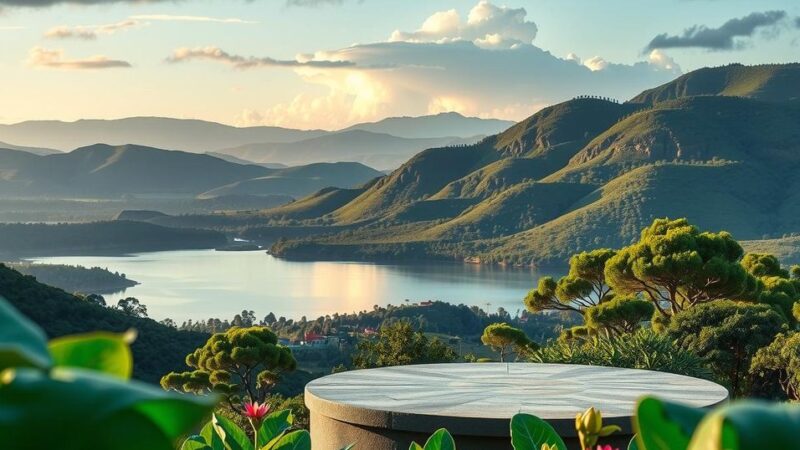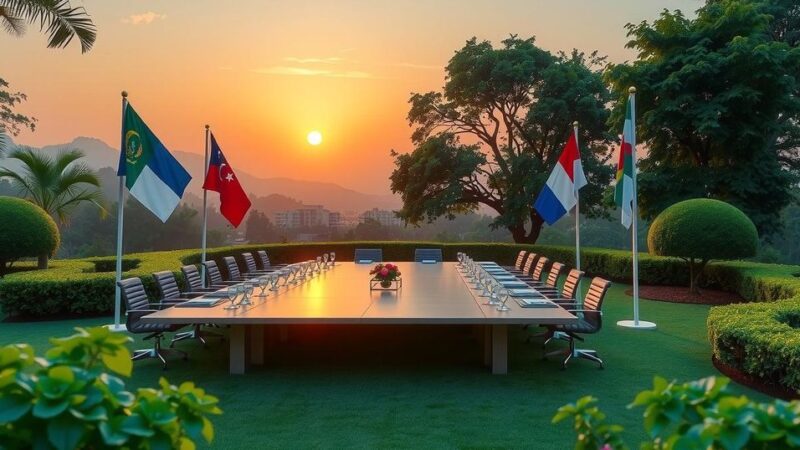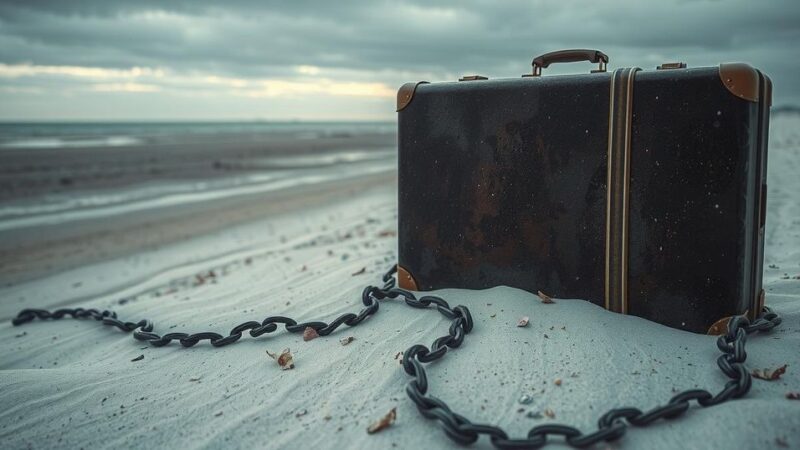The conflict in eastern DR Congo is driven by historical ethnic tensions and competition for valuable mineral resources. The M23 rebel group has gained control of Goma, leading to accusations of Rwandan support. Historical ties to the Rwandan genocide complicate the conflict, while a fragile peace process has repeatedly failed, perpetuating instability.
The eastern region of the Democratic Republic of Congo (DR Congo) has been embroiled in conflict for over 30 years, stemming from the Rwandan genocide in 1994. Numerous armed factions have fought against the central government for power, capitalizing on the area’s vast mineral resources. The instability has drawn in neighboring countries, with the 1990s witnessing conflicts dubbed Africa’s World Wars that led to millions of deaths.
Currently, the M23 rebel group has rapidly advanced and entered Goma, a crucial city in eastern DR Congo, which serves as a trading hub adjacent to Rwanda. This city is strategically significant due to its proximity to mineral-rich mining regions. Although M23 claims control over Goma, the Congolese government maintains that its forces hold key areas within the city.
The M23 is primarily composed of ethnic Tutsis who assert that they are defending their rights. They have taken up arms again, claiming that prior agreements aimed at securing peace and recognizing their rights have been violated. The group’s name originates from a peace agreement signed on March 23, 2009, and it previously gained control of Goma in 2012 amidst serious allegations of human rights abuses.
There have been persistent accusations against Rwanda regarding support for the M23, with UN experts citing such involvement since 2012. Reports suggest that Rwandan troops have fought alongside the M23. Rwanda’s government has not outright denied its involvement but has emphasized its concerns regarding border security and the supposed refusal of Congo’s government to engage in dialogue with the M23.
The ongoing conflict can be traced back to the 1994 Rwandan genocide, which resulted in an exodus of Hutus into DR Congo, exacerbating ethnic tensions with the local Tutsi population. The conflict has been fueled by accusations from Rwanda against DR Congo regarding its alleged support of the Democratic Forces for the Liberation of Rwanda (FDLR), a Hutu militia partly responsible for the genocide. In contrast, DR Congo denies such allegations and strives to address the regional tensions stemming from these historical grievances.
Rwanda is likely to remain involved in DR Congo until threats from groups like the FDLR are neutralized. Additionally, allegations persist that Rwanda exploits the conflict to gain control of the valuable mineral resources found in eastern DR Congo.
The conflict in the Democratic Republic of Congo has deep historical roots dating back to the 1994 Rwandan genocide and the subsequent refugee crisis that ensued. For decades, armed groups, particularly in the eastern provinces, have struggled for authority and resource control. This conflict not only destabilizes the region but also invites interference from neighboring countries, thus complicating the pursuit of a lasting resolution. The M23, an armed faction formed primarily by Tutsi rebels, exemplifies the ongoing struggles related to ethnic tensions and the control of rich mineral deposits by various actors in the area.
In summary, the conflict in eastern DR Congo, particularly in Goma, involves a complex interplay of historical grievances, ethnic tensions, and struggles for resource control. The M23’s resurgence highlights the fragile peace and ongoing disputes within the region. With international involvement and regional dynamics at play, the path toward a sustainable resolution remains challenging and uncertain.
Original Source: www.bbc.com






